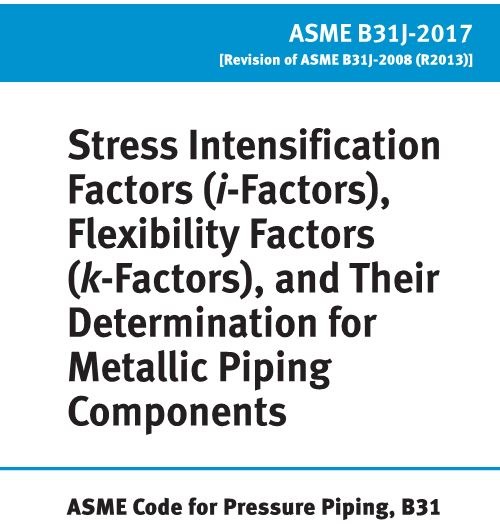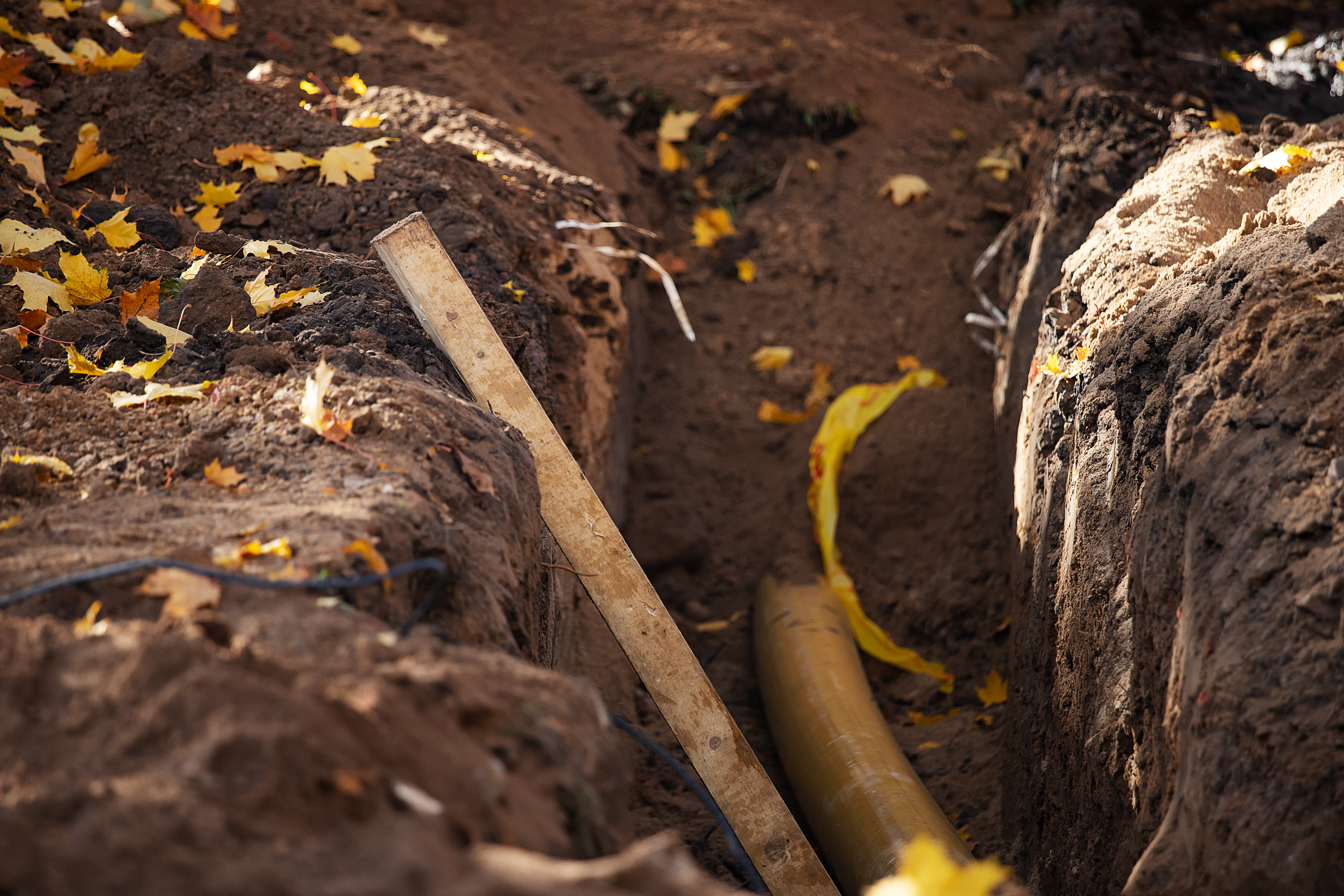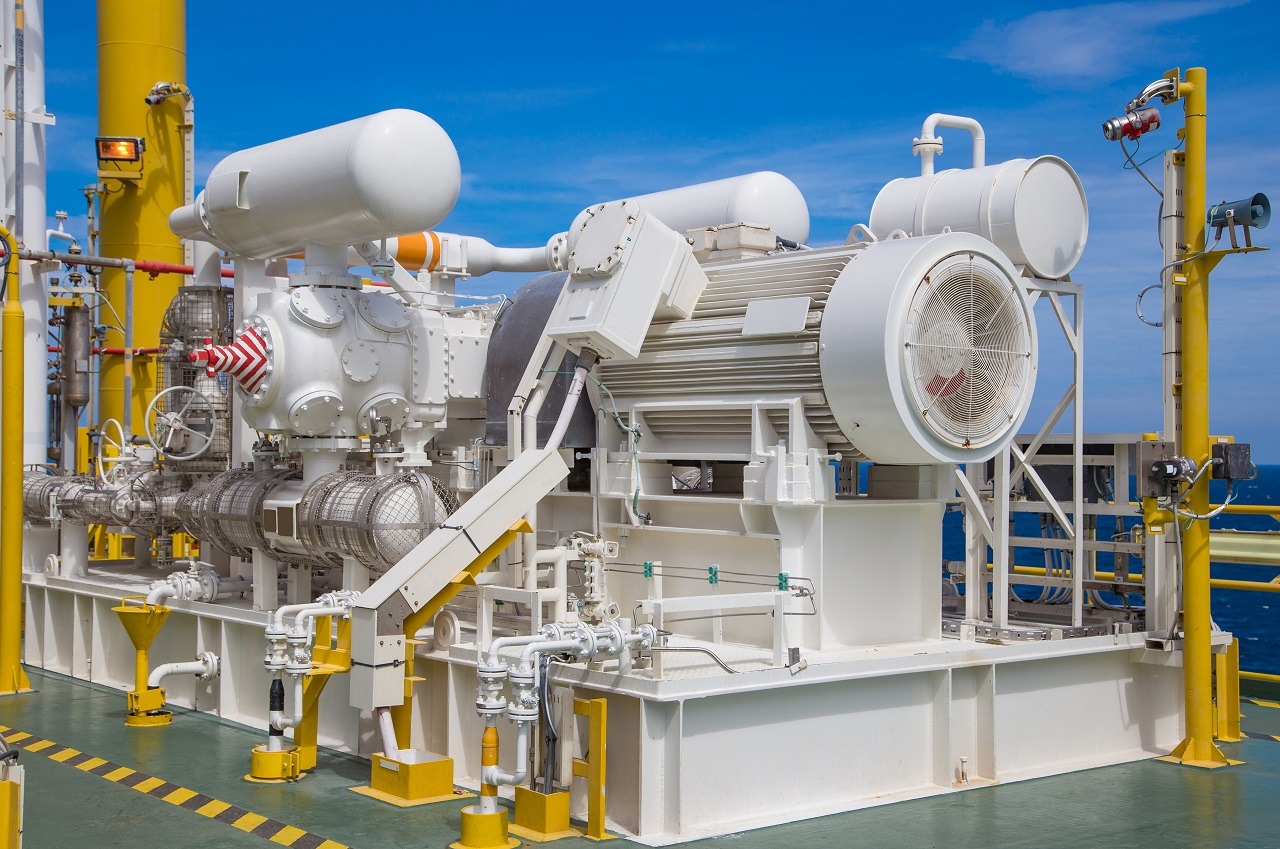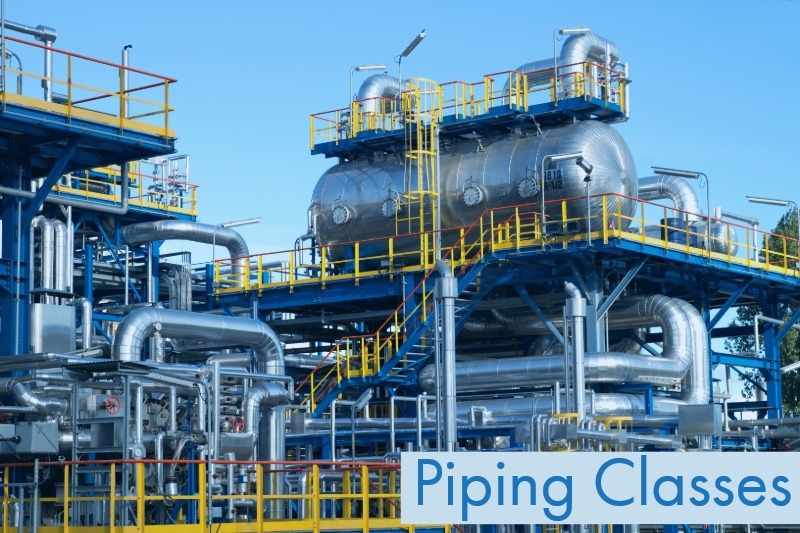blog
Home / Resources / Blog
Our latest blog posts related to piping engineering, pipeline engineering, project management, and other engineering topics relevant to oil and gas, chemical and power industry.

Bubble-Wrapped Projects
Just like today’s parents all-too-often micro-manage, bubble-wrap, and helicopter parent their children – today’s project leaders too often micro-manage, bubble-wrap, and helicopter parent their teams. We want children – and projects – to have successful outcomes, and...
Fundamentals of Spring Hanger Application
For power and process piping in industrial plants, spring hangers or supports are often required to meet the design criteria of those piping. Spring hangers are not very complicated assembles. However, it is still important for an engineer to understand why they need...
Difference In DIB and DBB Ball Valve
When we use API 6D to design ball valves, the most important part is to design the valve seat. Different valve seat will have valve perform different functions. In API 6D we have two different types of valve seats called as Single Piston Effect (SPE) and Double Piston...

Introduction to ASME B31J Standard
Introduction to ASME B31J Standard 1. What is “ASME B31J Standard” There are many diverse shapes of pipe fitting components, such as bends or tee connections. In comparison with run pipe, fittings have more or less flexibility depending on shape and discontinuity,...

Are you modelling Axial Soil Springs correctly for Pipeline Design/Stress Analysis?
A critical review of the definition of soil springs in the available design guidelines – Part – I: Axial Soil Springs Axial soil resistance plays an important role for pipeline stress analysis or pipeline design against the landslides along the pipelines. There is a...

Anti-Vibration Piping Design of Reciprocating Machinery System – Structural Design Requirement
Reciprocating machinery (i.e. reciprocating compressors, pumps) is a common source of piping vibration and fatigue failure. Pressure pulsations due to flow modulations generated from the cylinder crank mechanism propagate through piping in the form of harmonic...

Few words about piping classes (Part 2)
Part 1 of this series can be read here. In this part, the following topics are discussed. Governing documents Piping class structure Typical piping components in a piping class Required information for components Governing Documents A piping class concisely captures...

Few words about piping classes (Part 1)
In a nutshell, a piping class is a collection of pipe, fittings, flanges, valves and other auxiliary components and a set of rules required to design and construct a leak-free piping system. The purpose of the piping class is to standardize the components and...
